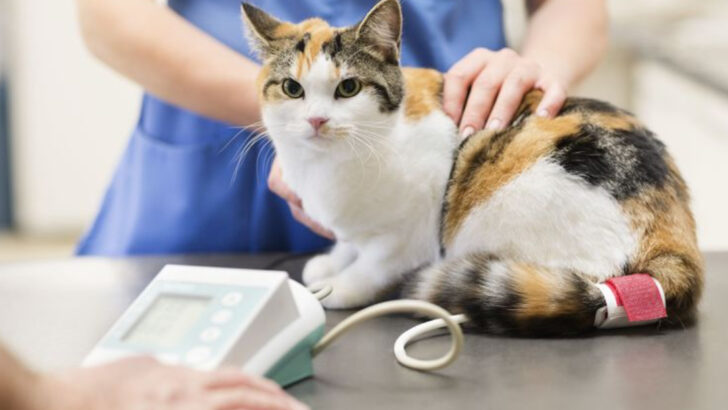One day, your cat is launching off furniture like an acrobat. The next, they’re eyeing the couch like it’s Mount Everest. What happened? Aging happened—maybe faster than you expected.
Cats are experts at hiding discomfort, but their bodies still tell the truth. Maybe they don’t chase their favorite toy with the same enthusiasm. Maybe their once-glossy coat is looking a little dull. These subtle changes can sneak up, leaving you wondering when your energetic feline turned into a senior citizen.
Aging isn’t just about numbers—it’s about behavior, health, and little shifts in daily habits. Spotting the signs early means you can make adjustments to keep your cat feeling their best, whether it’s softer bedding, extra playtime, or a vet visit to check for underlying issues.
Don’t let the years creep up unnoticed. Your cat’s golden years should be just as full of love, comfort, and adventure as their kitten days!
Decreased Mobility
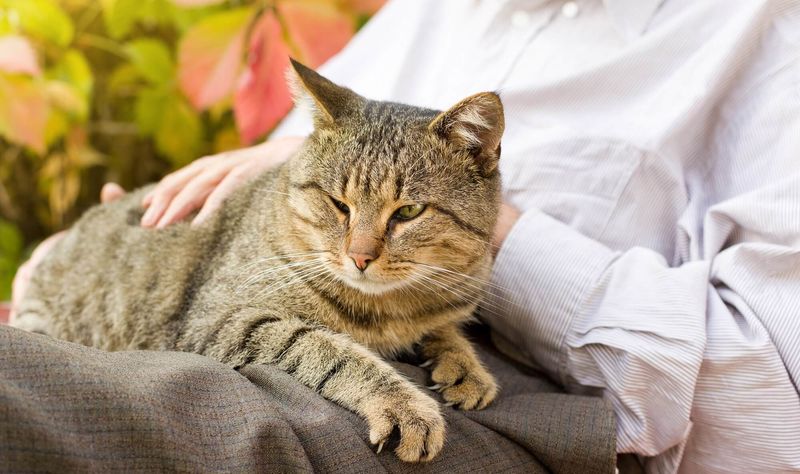
Cats often lose some of their agility as they age. You might notice your feline friend being less eager to jump onto furniture or hesitating before climbing stairs. This change can be attributed to joint stiffness and arthritis common in older cats.
Providing softer bedding and using ramps can make your cat more comfortable at home. Observing these changes early allows for interventions like supplements or pain management to improve their quality of life.
Increased Sleeping
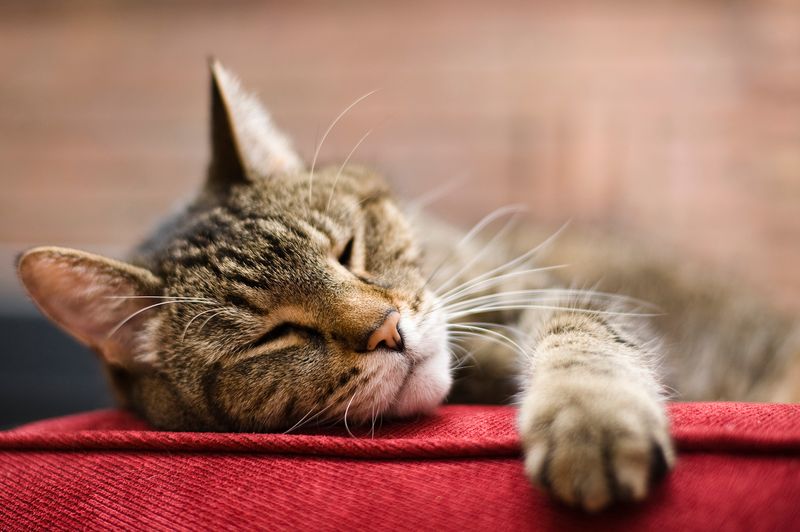
As cats grow older, their energy levels decrease, causing them to sleep more than in their younger days. Your once-active pet might now opt for longer naps, often in warm, quiet spots.
While increased sleep is typical, it’s essential to monitor for changes in sleeping patterns or signs of lethargy that might indicate underlying health issues. Regular vet check-ups can help differentiate between normal aging processes and potential medical concerns.
Weight Loss or Gain
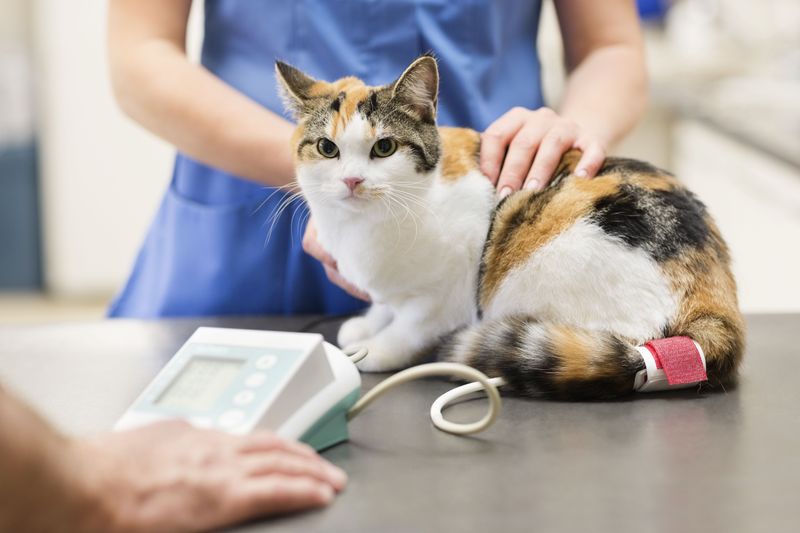
Significant weight changes can signal an aging cat. Weight loss might be due to dental issues or metabolic disorders, while weight gain could result from reduced activity levels and slower metabolism.
Ensure your cat’s diet is suited to their age, focusing on proper nutrition and portion control. Consulting with a veterinarian can help address any dietary adjustments needed and keep your cat at a healthy weight.
Changes in Grooming Habits
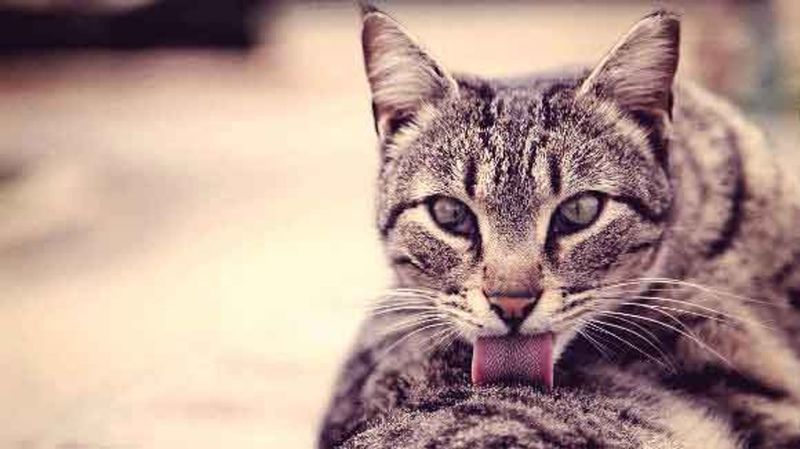
Cats are known for their meticulous grooming habits, but aging can alter this routine. An older cat might groom less frequently, leading to a matted or greasy coat.
Helping with grooming, like brushing, can maintain their coat’s health and provide bonding time. However, sudden changes in grooming can also indicate health issues, so consulting a vet is advisable if these changes occur.
Altered Eating Habits
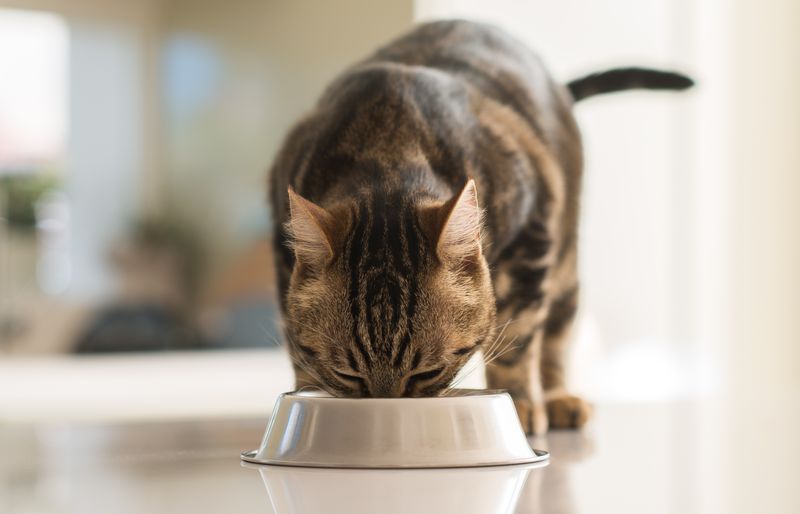
Aging cats may show changes in appetite due to dental problems or diminished senses. You might find your cat eating less or being picky about food.
Offering wet food or warming their meals can make eating more appealing. Persistent changes in eating habits should be discussed with a veterinarian to rule out dental disease or other health concerns.
Dental Issues
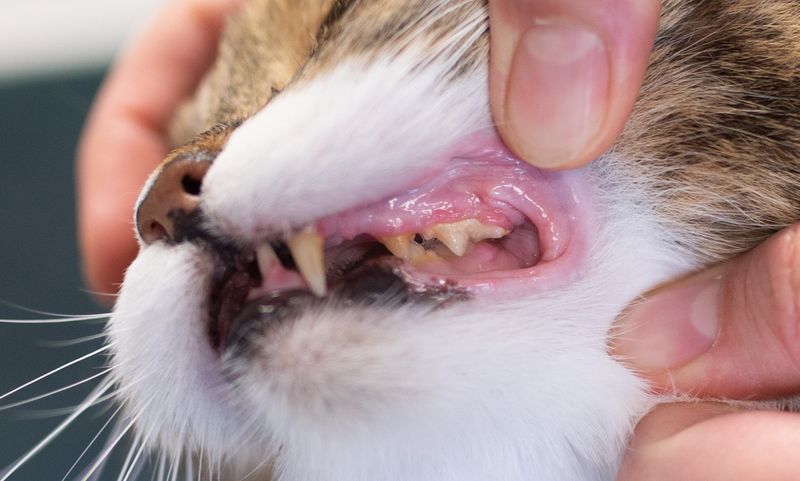
Dental health often declines with age in cats. Bad breath, drooling, or difficulty eating can signal dental issues like gum disease or tooth decay.
Regular dental check-ups and cleanings are crucial for preventing serious health problems. At home, brushing your cat’s teeth can help maintain oral health, but professional veterinary care might be necessary for advanced issues.
Hearing Loss
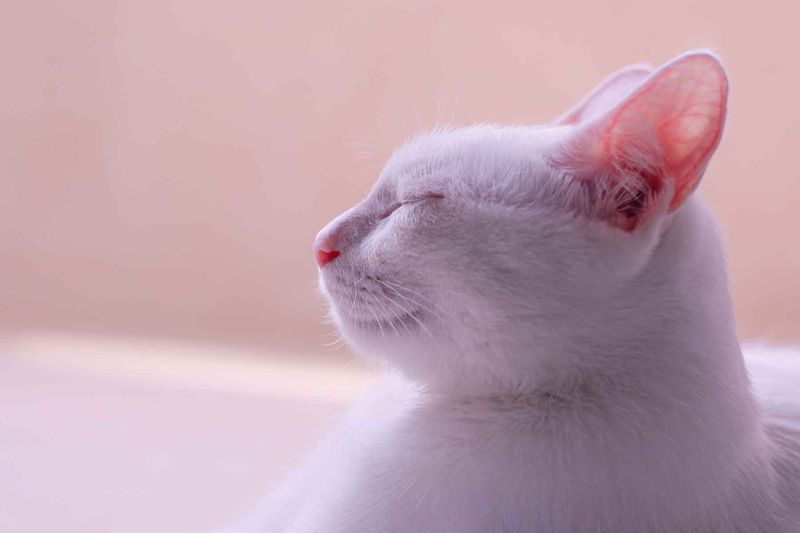
Hearing loss is a common age-related change in cats. If your cat doesn’t respond to sounds as they used to, it might be experiencing reduced hearing.
Create a safe environment by minimizing loud noises and using visual cues to communicate. Though hearing loss can’t be reversed, adaptations can help your cat lead a comfortable life.
Vision Changes
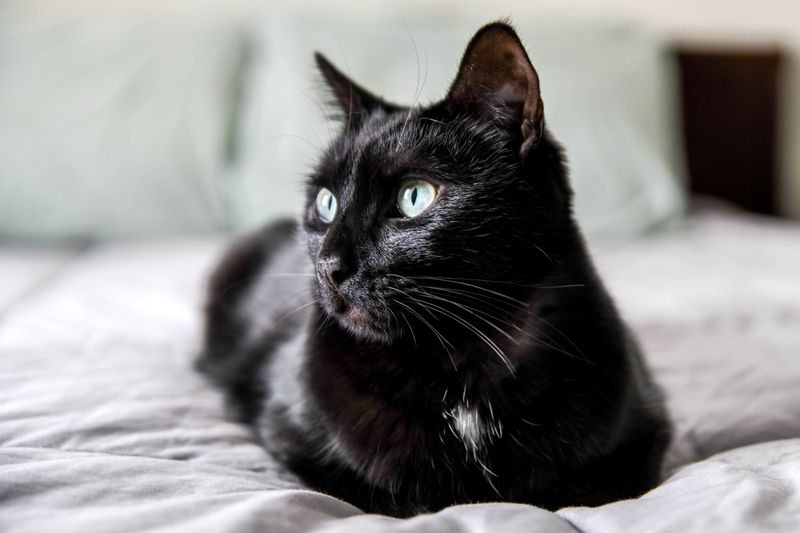
Cats may face vision changes as they age, such as cloudiness in the eyes or bumping into objects. These can be signs of cataracts or other eye conditions.
Keeping the home environment consistent helps your cat navigate safely. Regular eye check-ups with a veterinarian can detect and manage age-related eye problems early.
Changes in Vocalization
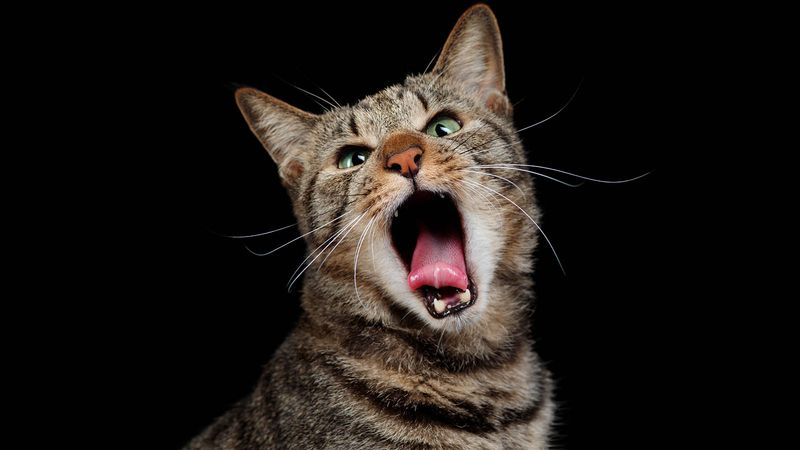
An aging cat may become more vocal, often meowing loudly, especially at night. This can stem from cognitive changes, anxiety, or discomfort.
Understanding the reasons behind increased vocalization is key. Providing a comfortable and secure environment can ease anxiety. If vocalizations become disruptive, consulting a vet can help determine if there’s an underlying health issue.
Behavioral Changes
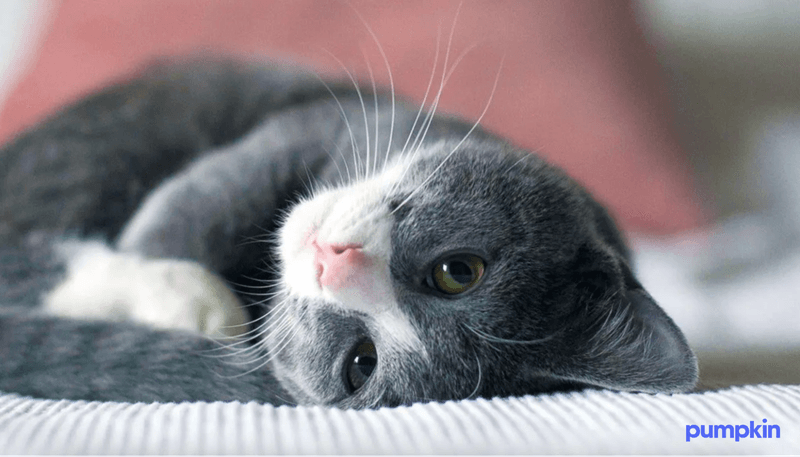
Cats might exhibit behavioral changes as they age, such as increased anxiety or withdrawal. These changes can result from cognitive decline or sensory loss.
Offering a stable routine and a calm environment can help alleviate stress. Enrichment activities and toys can also keep your cat mentally stimulated. If behavioral shifts are significant, a vet’s guidance can be beneficial.
Increased Thirst
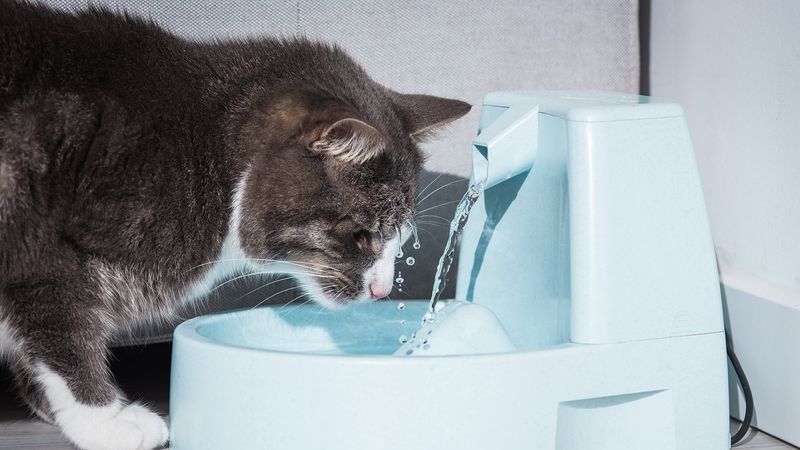
Older cats might start drinking more water, which can indicate kidney disease or diabetes. Noticing this change is crucial for timely intervention.
Ensure fresh water is always available and monitor your cat’s drinking habits. A veterinarian can provide tests to diagnose and treat the underlying causes effectively.
Frequent Urination
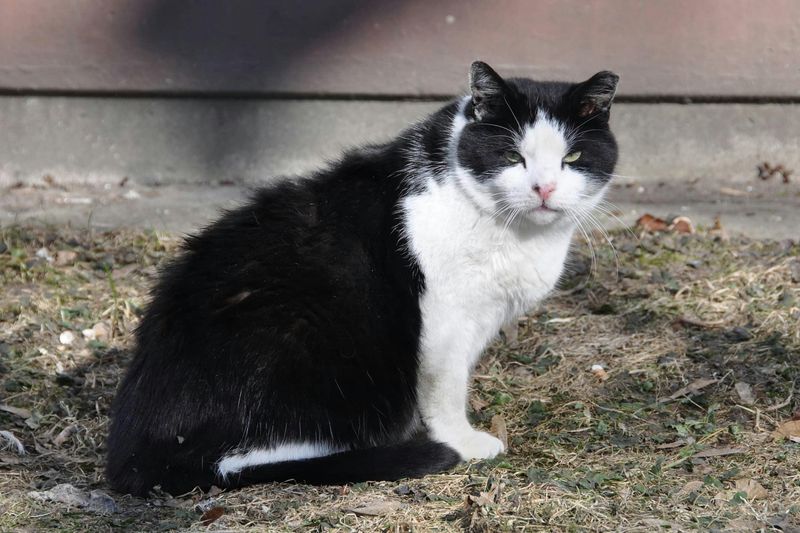
With increased thirst often comes frequent urination. This change can indicate urinary tract issues, kidney problems, or diabetes in aging cats.
Keeping track of litter box habits and consulting a veterinarian can lead to early diagnosis and treatment. Maintaining a clean litter box is also essential for your cat’s comfort and health.
Unkempt Appearance
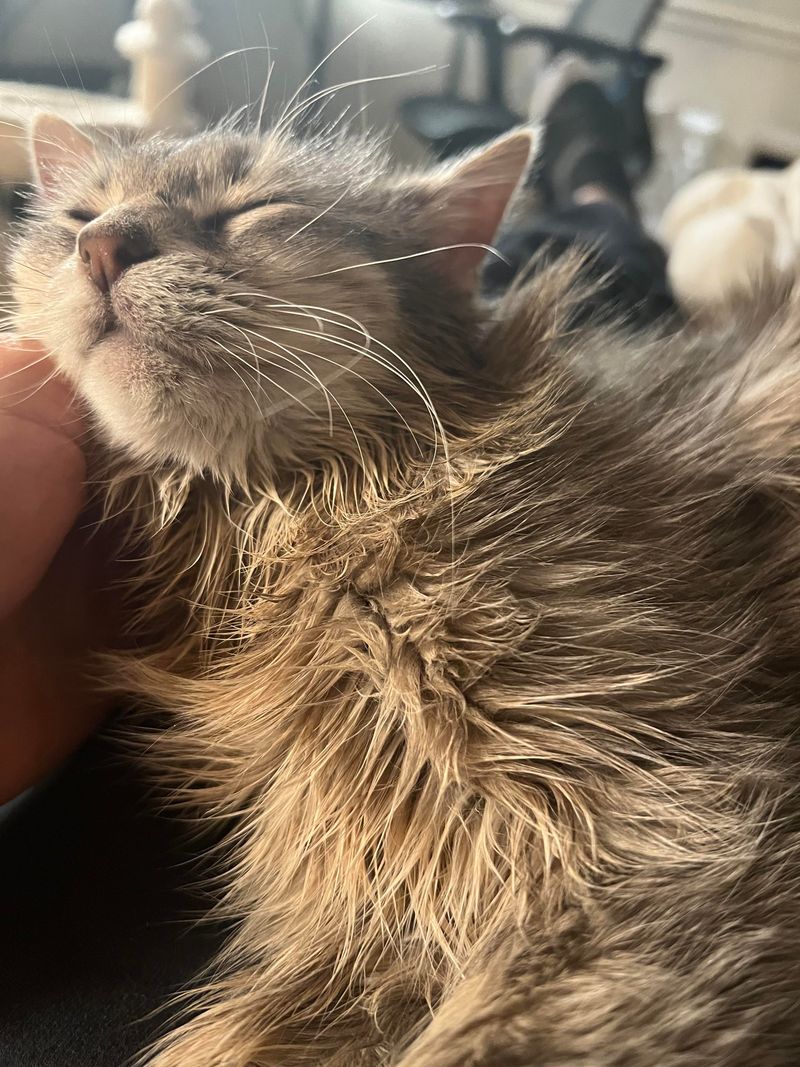
As cats age, they may look less well-groomed due to reduced flexibility or health issues. Their coat might become dull or matted.
Regular grooming sessions aid in maintaining their appearance and offer a chance to check for health issues like lumps or skin problems. If your cat is unable to groom itself properly, veterinary advice may be necessary.
Changes in Coat Color
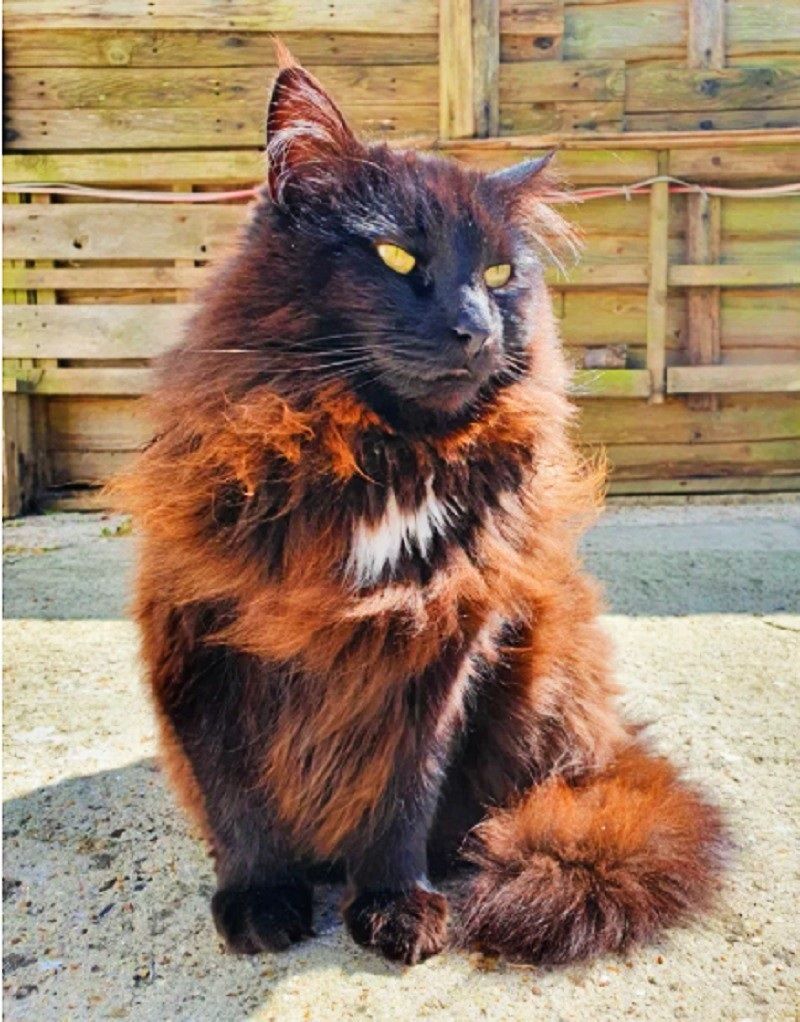
Some cats experience changes in coat color with age, such as graying or dulling of fur. These changes are generally harmless and part of the natural aging process.
While coat color changes don’t typically require intervention, regular grooming helps maintain a healthy coat. It’s comforting to note that these changes are often just cosmetic.
Litter Box Accidents
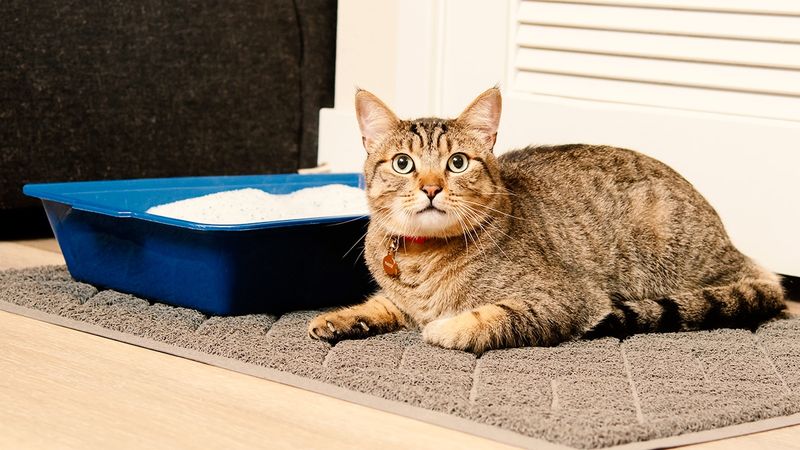
Accidents outside the litter box can increase with age. This may result from arthritis making it difficult to enter the box, or due to cognitive or urinary issues.
Ensuring easy access to the litter box and consulting a vet for frequent accidents can help address the problem. Adjustments like lower-sided boxes or pain management might be needed.
Cognitive Dysfunction
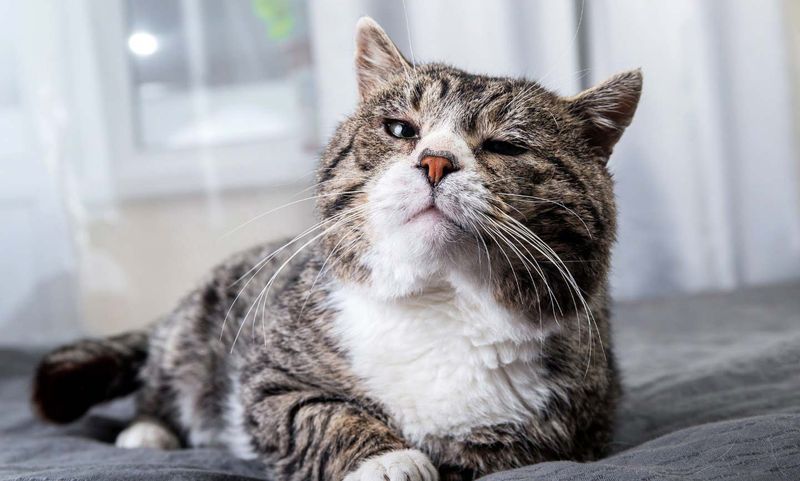
Cognitive dysfunction in cats is similar to dementia in humans. Signs include disorientation, altered sleeping patterns, and changes in interaction.
Keeping a consistent routine and environment can support cognitive health. Interactive toys and puzzles can stimulate your cat’s brain. Consulting a vet for significant cognitive issues can provide additional management strategies.

